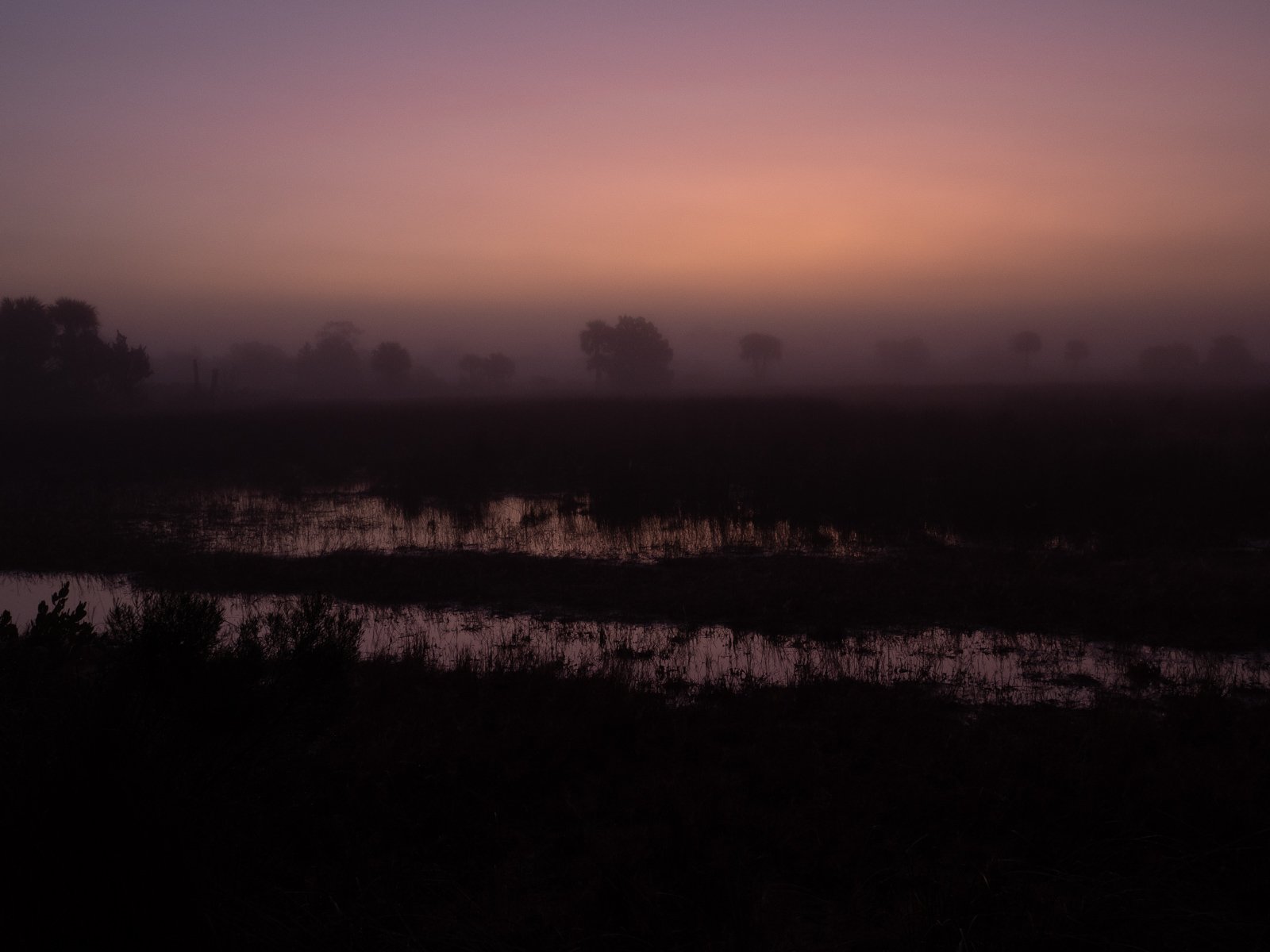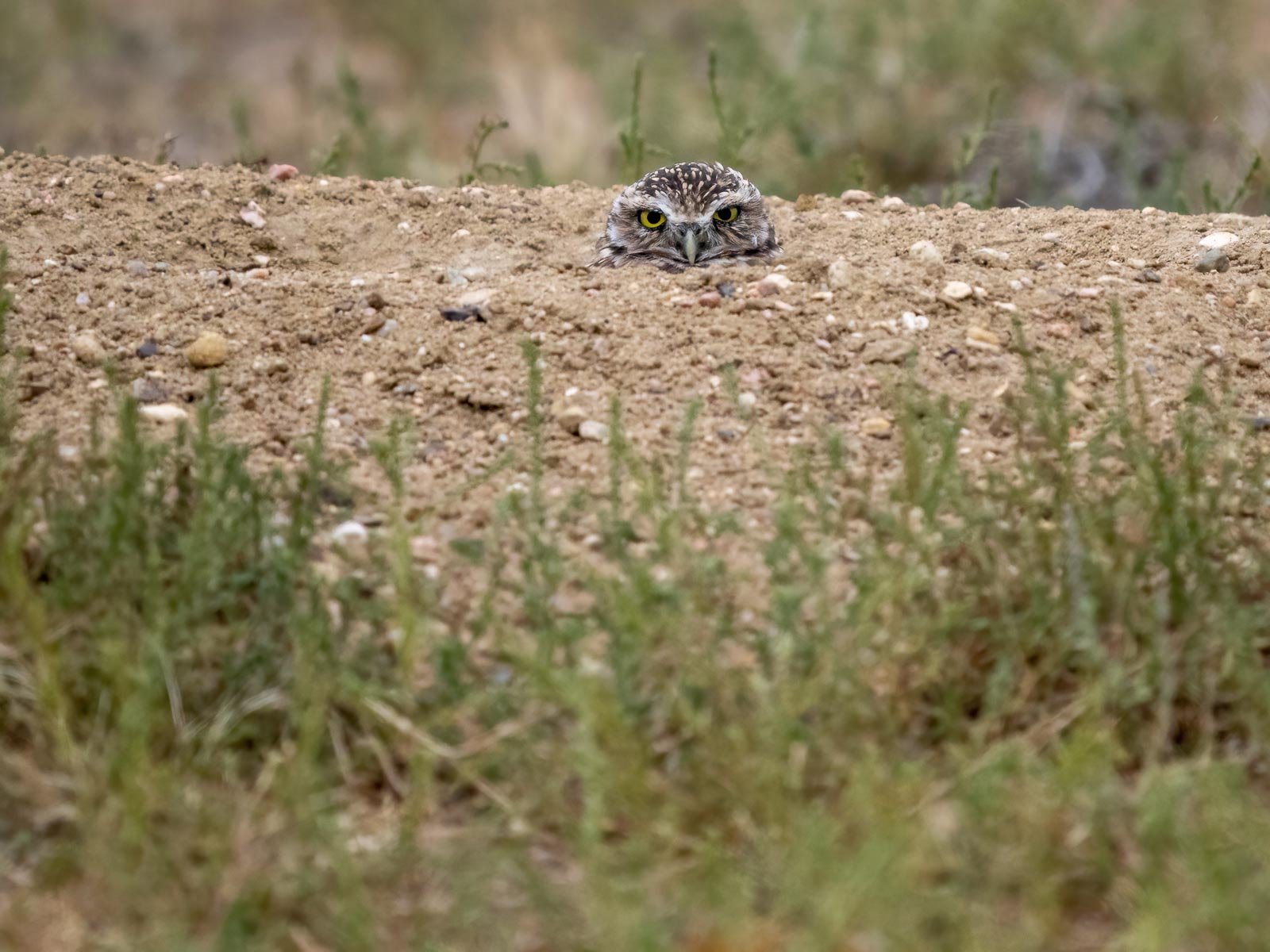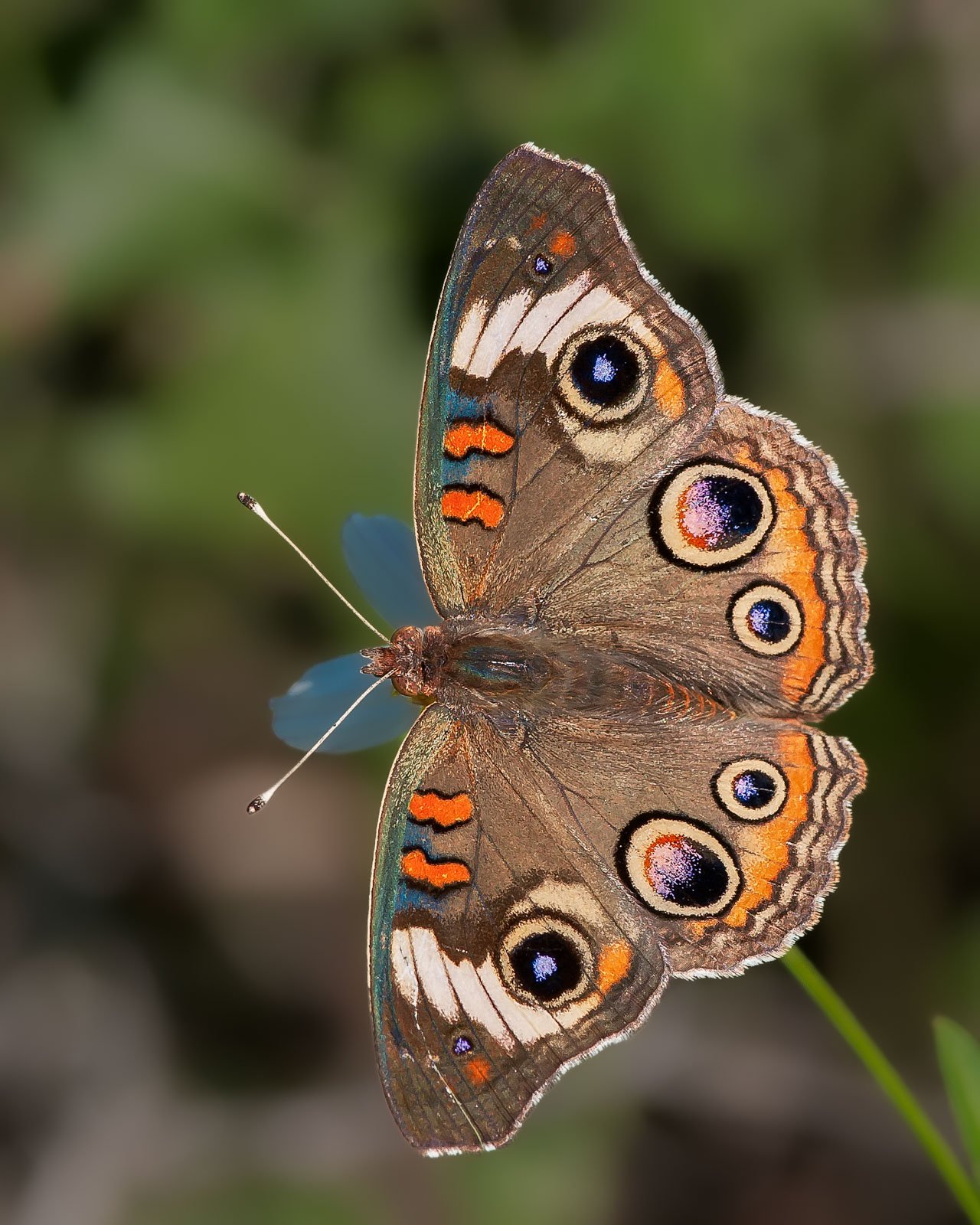An Anhinga covets and captures the perch of a Belted Kingfisher
/Photos taken January 9, 2023 at the Orlando Wetlands near Christmas, FL
(With respect to the use of the word “covets”, alliteration defeated anti-anthropomorphism).
David Sparks
The Black Point Wildlife Drive is a seven mile long, one-way dirt road through part of the Merritt Island NWR near Titusville, Florida. On January 2, 2023, following the schedule I had established on previous days, I arrived at one of the pools of water adjacent to a segment of the drive about 30 minutes before sunrise. The first three photos illustrate the conditions present at Merritt that morning. The first photo was taken about 30 minutes before sunrise. The second was taken five minutes later at a different location. The third photo is of the photographers I was following at the end of my two-hour-long first loop around the Black Point drive.

Photo illustrating the light conditions at one part of the Wildlife drive about 30 min before sunrise.
Photo illustrating the light conditions at a different part of the Wildlife drive about 5 minutes later.
The fog was still present when I finished my first loop around the trail two hours after beginning the drive.
As illustrated here, the initial photos I took of the birds feeding at the pool of water where I had stopped were nondescript. Taken in the fog when the light levels were low, they were lacking in detail and color. Nonetheless, I found it interesting that, because of the stillness of the water and the distribution of the available light in the fog, the reflection of the bird in the water had almost as much detail as that seen in the bird itself.
Sometimes the photos from that morning contained the images of two or more birds and their reflections. I liked the effect of some of these shots enough that, subsequently, I have spent some of my time experimenting with ways to photographically exploit the detail that is present in the reflections when light levels are greater. I will post results of this experimentation later.
The fog conditions varied as time and location changed. Some images generated (for me) a mystical feeling. This photo and the next one are examples of those that did so.
Reddish Egret and Roseate Spoonbills feeding on a foggy morning at the Merritt Island NWR.
The last five images are of a Great Egret. The bird appeared to emerge from the screen when I first saw them. The white feathers of the bird seemed to collect almost all of the available light and the relative absence of light in the surrounding water creates an illusory vignette.
I am intrigued by the photographic effects of fog. I was inspired to read more about it on the web and found an informative article on The Canadian Nature Photographer web page. Take a look.
I arrived at the entrance to the Black Point Wildlife Drive about 30 minutes before sunrise. On visits earlier in the week, I had noted that Roseate Spoonbills and other wading birds sometimes spend the night at the pool of water near the entrance. When I arrived on this morning, not as many birds were there as I had observed previously, and many of the ones present flew to other locations during the pre-sunrise low light levels.
High ISO, low shutter speed image of some of the birds at the pool near the entrance to the wildlife drive.
As the sun reached the top of the trees behind the pool of water, the reflection of the trees was brighter than the image and reflection of the out of focus Reddish Egret.
When the sun was a little higher, the light on the Roseate Spoonbills produced dramatic images . . .
and it was easier to get good focus on the darker, now actively feeding, Reddish Egret.
Another example.
This Merritt Island trio was the visual equivalent of music to my ears.
Now approximately 20 minutes after sunrise, as illustrated in this and the following four photos, most of the birds begin to leave the pool near the entrance to the wildlife drive.
This Wilson’s Snipe, and a yellowlegs continued to feed on the distant perimeter of the pool after the larger wading birds departed.
An uncropped image of two Wilson’s Snipe and their refections captured with the OM-1 camera and the 150-400 mm lens with the built-in 1.25 teleconverter engaged. I was unaware of the out of focus bird in fight when taking the shot.
The chapters of Volume 12 of The History of Neuroscience in Autobiography published by the Society for Neuroscience and edited by Tom Albright and Larry R. Squire are freely accessible on the SfN website: https://www.sfn.org/about/history-of-neuroscience/autobiographical-chapters
It was an honor to be invited to contribute a chapter to this volume. The autobiographies of the authors of scientific papers I read as a graduate student, ones that influenced the direction of my scientific career, are found in early volumes of this collection. A pdf of my chapter in Volume 12 can be downloaded by using this link: https://tinyurl.com/4rhr5mu2
Writing the chapter was one of the projects that occupied my time while living alone in my “cave” during the early days of the COVID-19 pandemic. Jennifer Groh and Shari Hatch provided helpful comments on an early version of the chapter.
Six additional photos taken last week in the Crested Butte region of Colorado.
Click on the image to see a slightly larger version.
I just returned from a photography trip to the Gunnison/Crested Butte region of Colorado. I am still sorting and culling the images. Three photos that captured my attention while doing so are shown below.
The first two photos depict the reflection of a nearby mountain range in the Slate River. The photos were taken near highway 734 to the north and west of Crested Butte.
The Aspen leaves floating in the water partially obscure the reflections of the trunks of four Aspen trees (focus your attention on the gray areas).
I decided to visit the Pawnee National Grassland on Wednesday It is about a 90 minute drive from my condo. It was not my most productive photography outing, but I enjoyed being there and seeing, from a greater distance than I desired, flocks of sparrows and other grassland birds. I saw a fair number of birds, but not so many in my viewfinder. How can I rationalize the failure to capture a greater number of interesting photos? I could blame it on the increase in traffic in the grasslands, but I would need to suppress the memory of what I actually experienced (see photo below).

Or … I could argue that the birds would not let me get close because of the decrease in useable habitat attributable to the marked increase of recent development in the area. But I would need to convince you that the developments in the area were recent.
And I would need to convince myself that the failure to capture some interesting images was not due to slow reflexes.
Perhaps I was expecting too much. It was windy and the birds were staying low in the grass most of the day.

The burrowing owls were not very active. One only peeked at me a few times.
Another one exposed most of its body but did not engage in any interesting behaviors.
I saw numerous McCown’s Longspurs hovering, but at a distance. This image is heavily cropped and over sharpened.
Decent exposure and sharpness on shots of a Brewer’s Sparrow taking flight, but ….
only the back of the head is visible.
This photo of a Rock Wren is o.k., but I wish it was perched on a rock.
This post is not a lament. Consider it a verification of the “Be Prepared” section of Mia McPherson’s blog post entitled So ya think ya want to be a bird photographer? LINK in which she has a section about being prepared to be frustrated. If you haven’t read this entry in her blog, you should.
I am eager to return to the Pawnee National Grassland. Capturing the hovering behavior of the McCown’s Longspurs is now on my bucket list.
A little early for fall colors. Click on the image to see a slightly larger version.
Looking south from the Fountain Valley overlook - September 15, 2022
Olympus OM-1 with 12-100mm f/4 @ 23mm
1/320 sec at f/9, ISO 200
Looking south from the Fountain Valley overlook - September 15, 2022
Olympus OM-1 with 12-100mm f/4 @ 31mm
1/250 sec at f/7.1, ISO 200
Looking north from the Fountain Valley overlook - September 15, 2022
Olympus OM-1 with 12-100mm f/4 @ 57mm
1/320 sec at f/6.3, ISO 200
Looking north from the Fountain Valley overlook - September 15, 2022
Olympus OM-1 with 12-100mm f/4 @ 41mm
1/400 sec at f/7.1, ISO 200
Looking north from the Fountain Valley overlook - September 19, 2022
Olympus OM-1 with 12-100mm f/4 @ 38mm
1/800 sec at f/7.1, ISO 200
Looking north from a more northern point on the trail - September 19, 2022
Olympus OM-1 with 12-100mm f/4 @ 23mm
1/640 sec at f/7.1, ISO 250
Nineteen of 39 shots acquired of this behavior are shown. Images have been cropped to show the head, beak, and crab in more detail.
Action observed on the Bolivar Peninsula, Texas, in August 2022.
Camera: Olympus OM-1. Lens: Olympus 150-400mm f/4.5 TC @ 150mm,
Settings: 1/2000 sec at f/4.5, ISO 250.
Click on the first image in the gallery to see a larger version, and then use the right arrow to view subsequent images at the higher resolution.
Crested Butte, CO - September 2015
Nikon D610 with 24-70mm f/2.8 @ 48mm
1/60 sec at f/14, ISO 500
Crested Butte, CO - September 2018
Olympus E-M1 MII with 12-100mm f/4 @ 17mm
1/250 sec at f/8, ISO 200
Maroon Bells, CO - September 2018
Olympus E-M1 MII with 12-100mm f/4 @ 21mm
1/8 sec at f/8, ISO 200
Maroon Bells, CO - September 2018
Olympus E-M1 MII with 12-100mm f/4 @ 18mm
1/15 sec at f/8, ISO 200
Maroon Bells, CO- September 2018
Olympus E-M1 MII with 12-100mm f/4 @ 20mm
1/125 sec at f/11, ISO 200
Roxborough State Park, CO - July 2016
Nikon D7100 with 24-70mmm f/2.8 @ 28mm
1/1600 sec at f/5.6, ISO 800
Castle Geyser, Yellowstone National Park - February 2016
Nikon D7100 with 24-70mmm f/2.8 @ 36mm
1/1600 sec at f/5.6, ISO 100
Castle Geyser, Yellowstone National Park - February 2016
Nikon D7100 with 24-70mmm f/2.8 @ 42mm
1/640 sec at f/10, ISO 160
Hayden Valley, Yellowstone National Park - February 2016
Nikon D7100 with 80-400mm f/4.5-5.6 @ 140mm
1/640 sec at f/10, ISO 100
Hayden Valley, Yellowstone National Park - February 2016
Nikon D7100 with 24-70mm f/2.8 @ 70mm
1/500 sec at f/10, ISO 100
Midway Geyser Basin, Yellowstone National Park - February 2016
Nikon D7100 with 24-70mm f/2.8 @ 24mm
1/400 sec at f/10, ISO 320
Bryce Canyon National Park - September 2015
Nikon D610 with 24-70mm f/2.8 @ 62mm
1/160 sec at f/11, ISO 100
Bryce Canyon National Park - September 2015
Nikon D610 with 24-70mm f/2.8 @ 70mm
1/1000 sec at f/11, ISO 400
Highway 287, CO - May 2015
Nikon D610 with 24-70mm f/2.8 @ 50mm
1/640 sec at f/7.1, ISO 200
I-10 swampy area, FL - December 2007
Nikon D80 with 18-200 mm f/3.5-5.6 @ 170 mm
1/1000 sec at f/13, ISO 320
19 images selected from a total of 82 taken in six bursts of 3 to 25 shots in each burst. Selection was based on the size, position, and clarity of the mud crab being consumed. Olympus OM-1 with 150-400mm F4.5 TC lens at 340 mm (680mm 35mm equivalent), handheld, 1/2000 sec at F5.6, ISO 200. Silent + Sequential Drive, Tracking Subject: Birds. Bolivar Flats Shorebird Sanctuary, TX, August 11, 2022.
A slightly larger version of each photo can be viewed by clicking on the image.
Black Skimmers, Fort Pickens, Florida, August 28, 2009
Nikon D300 with 500mm f/4 lens
1/1250 sec. at f/9, ISO 800
Black Skimmers, Fort Pickens, Florida, August 28, 2009
Nikon D300 with 500mm f/4 lens
1/1250 sec. at f/9, ISO 800
A Green Heron fulfills its putative fantasy
Read MoreTheona Checkerspot Butterfly
NABA International Butterfly Park, Rio Grande area, TX - November 2009
Nikon D300 with Sigma 180mm f/3.5 macro lens
1/320 sec at f/10, ISO 200
Doris Longwing Butterfly
Butterfly Pavilion, Westminister CO - August 2015
Nikon D610 with Sigma 180mm f/3.5 macro lens
1/50 sec at f/16, ISO 640
Emerald Swallowtail Butterfly
Butterfly Pavilion, Westminister CO - August 2015
Nikon D610 with Sigma 180mm f/3.5 macro lens
1/30 sec at f/11, ISO 1000
Green Jay Butterfly
Butterfly Pavilion, Westminister CO - August 2015
Nikon D610 with Sigma 180mm f/3.5 macro lens
1/230 sec at f/14, ISO 640
Queen Butterfly
NABA International Butterfly Park, Rio Grande area, TX - November 2009
Nikon D300, Sigma 180mm f/3.5 lens
1/320 sec at f/7.1, ISO 800
Queen Butterfly
NABA International Butterfly Park, Rio Grande area, TX - November 2009
Nikon D300, Sigma 180mm f/3.5 lens
1/1000 sec at f/7.1, ISO 640
Queen Butterfly
NABA International Butterfly Park, Rio Grande area, TX - November 2009
Nikon D300, 300mm f/4 lens + 1.7x teleconverter
1/250 sec at f/8, ISO 200
Queen Butterfly
NABA International Butterfly Park, Rio Grande area, TX - November 2010
Nikon D700, Sigma 180mm f/3.5 lens + 2x teleconverter
1/320 sec at f/14, ISO 2000
Queen Butterflies
NABA International Butterfly Park, Rio Grande area, TX - November 2008
Nikon D80, 300mm f/4 lens
1/125 sec at f/6.3, ISO 400
Queen Butterflies
NABA International Butterfly Park, Rio Grande area, TX - November 2017
Nikon D500, 300mm f/4 lens
1/400 sec at f/13, ISO 280
I have a folder full of butterfly photos that I have not processed, in part because, except for a few of the more common ones, identification is difficult for the butterfly novice (me). New year's resolution - I am working on it.

Gulf Fritillary
St. Marks NWR, FL - September 2008
Nikon D80, 300mm f/4 lens + 1.7x tc
The Gulf fritillary is a brightly colored butterfly that can be found in South American, the West Indies, Central America, Mexico and throughout southern regions of the United States. It is a medium-sized butterfly with elongated forewings. The wingspan of adults ranges from 65 to 95 mm. The upperside is bright orange with black markings and the forewing has 3 black-encircled white dots. The brown undersides of the wings have elongated silvery-white spots and a rose patch at the bases of the forewing. The brown and red areas have pigmented scales, but the color of the silver spots is created when light is reflected through prisms in the wing scales. The caterpillar is bright orange with four rows of black, branched spines.
Gulf Fritillary
Betty's garden, Pensacola, FL - September 2008
Nikon D80, 300mm f/4 lens
1/1000 sec at f/6.3, ISO 200
Gulf Fritillary
Betty's garden, Pensacola, FL - September 2008
Nikon D80, 300mm f/4 lens + 1.7x tc
1/640 sec at f/9, ISO 400
Gulf Fritillary
Betty's garden, Pensacola, FL - November 2007
Nikon D80, 300mm f/4 lens
1/80 sec at f/8, ISO 400
Gulf Fritillary - Edinburgh Scenic Wetlands
Rio Grande area, TX - November 2010
Nikon D700, Sigma 180mm f/3.5 + 2x tc
1/1600 sec at f/14, ISO 1600
Gulf Fritillary, NABA International Butterfly Park
Rio Grande area, TX - November 2010
Nikon D700, Sigma 180mm f/3.5 lens + 2x tc
1/1600 sec at f/14, ISO 2000
Gulf Fritillary
Fort Pickens Gulf Islands National Seashore, FL - September 2011
Nikon D300S, 300mm f/2.8 + 1.7x tc
1/1500 sec at f/5.6, ISO 200
Gulf Fritillary Caterpillar
Betty's garden, Pensacola, FL - September 2011
Nikon D300S, Sigma 180mm f/3.5 lens
1/200 sec at f/11, ISO 250
Named for its conspicuous target-shaped eyespots, the common buckeye, Junonia coenia Hübner, is found in the United States east of the Rocky Mountains and in Mexico. "The common buckeye is a medium-sized butterfly with several large, conspicuous round eyespots. Adults have a wingspan range of 45 to 70 mm. Females are generally larger than males and have more rounded forewings. The upper surface of the forewing has a broad white postmedian band that touches and often encircles a single large eyespot. The forewing cell has two prominent orange bars. The upper surface of the hindwing has two large eyespots and a broad orange submarginal band." LINK

Common Buckeye, Fort Pickens FL - September 2009
Nikon D300, 300mm f/4 lens
1/320 sec at f/8, ISO 200

Common Buckeye
NABA International Butterfly Park, Rio Grande area, TX, November 2010
Nikon D700, Sigma 180mm f/3.5 lens and 2x tc
1/200 sec at f/14, ISO 2500

Common Buckeye
Fort McRae FL - November 2008
Nikon D80, 300mm f/4 lens and 1.4x tc
1/320 sec at f/11, ISO 400
Cllick on the image to see a slightly larger version.
This is a photo of a dark morph snow goose showing the dark gray body and white head.
White and dark morph snow geese in flight.
Two dark morph snow geese descending to join a large number of white morph geese.
Powered by Squarespace.